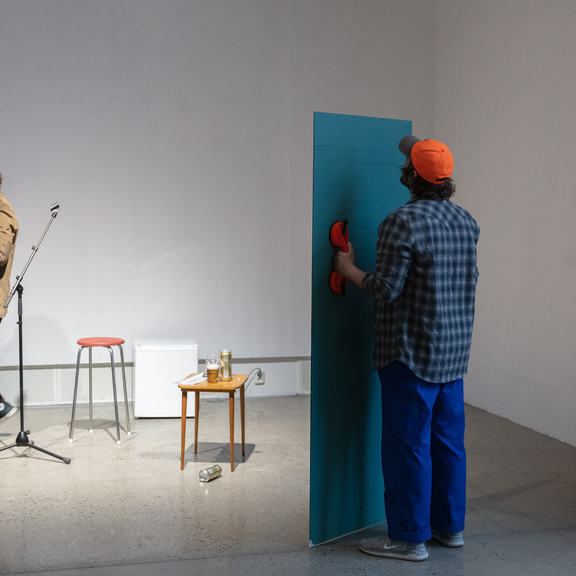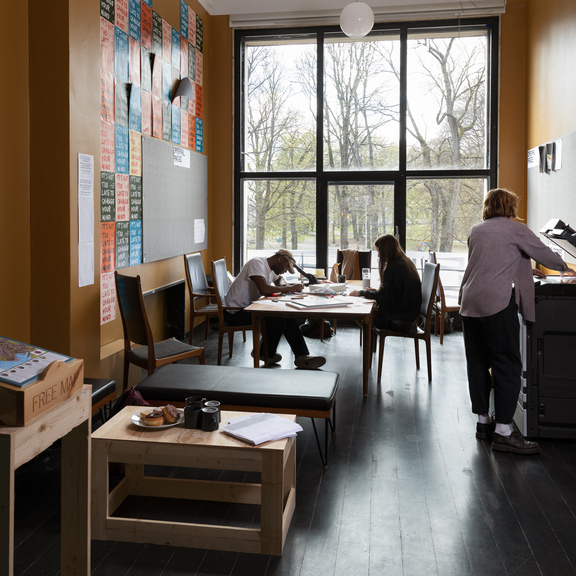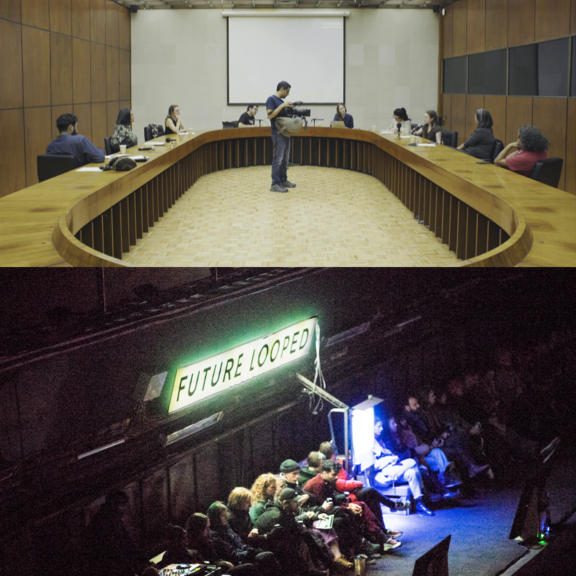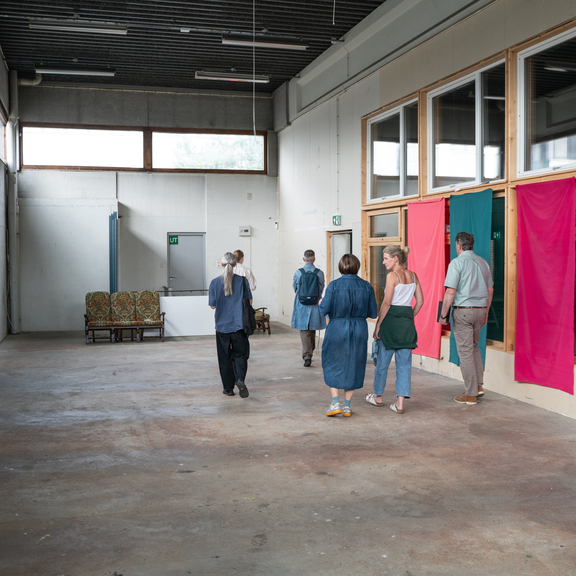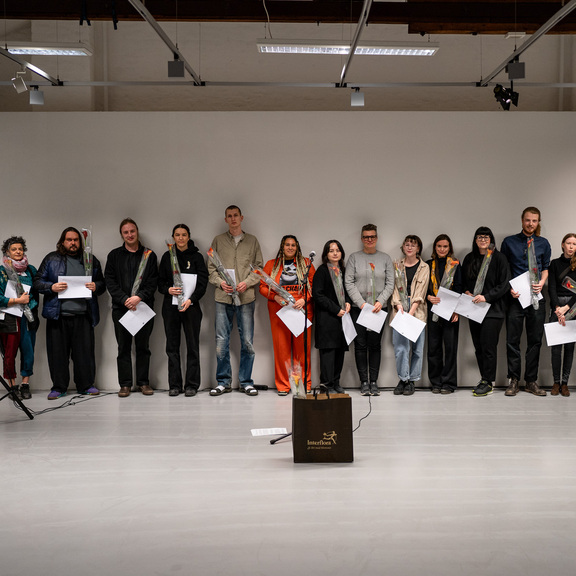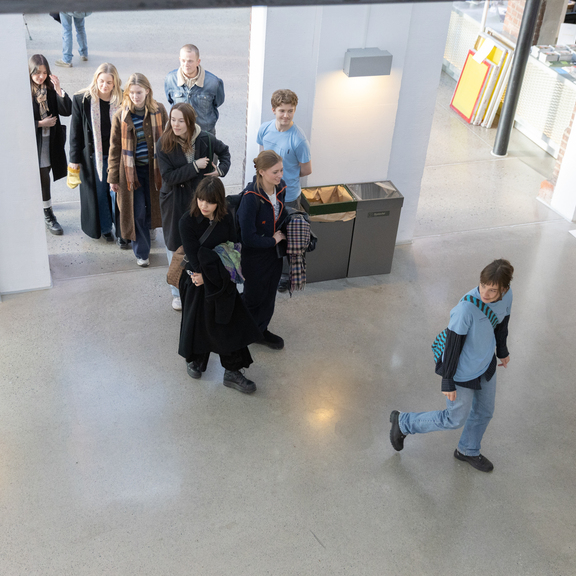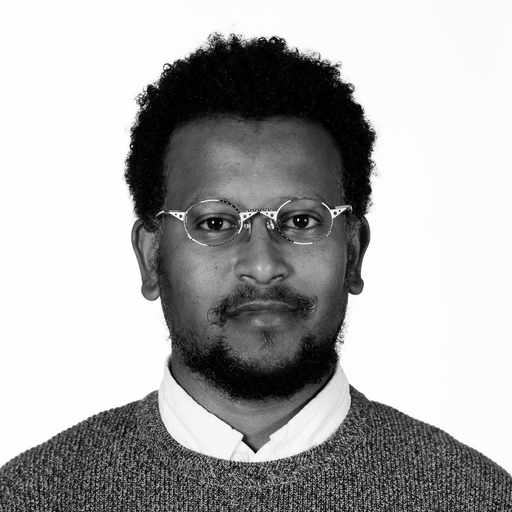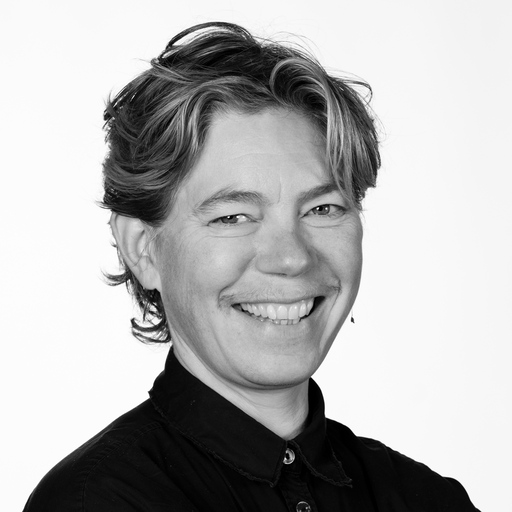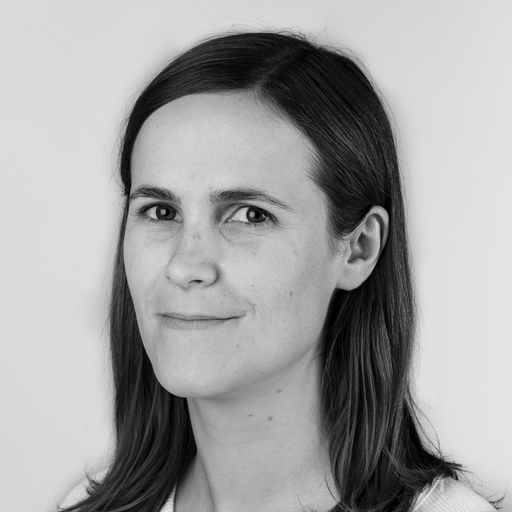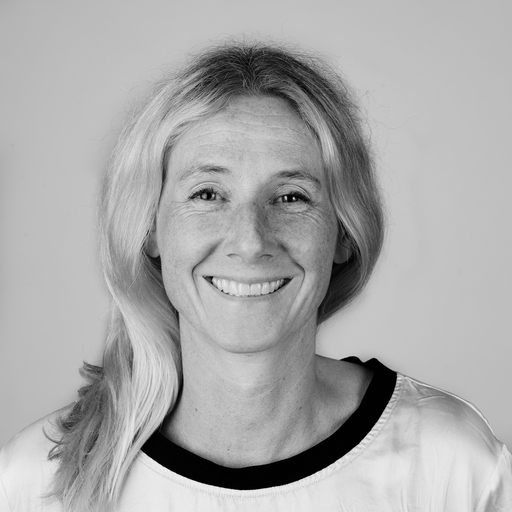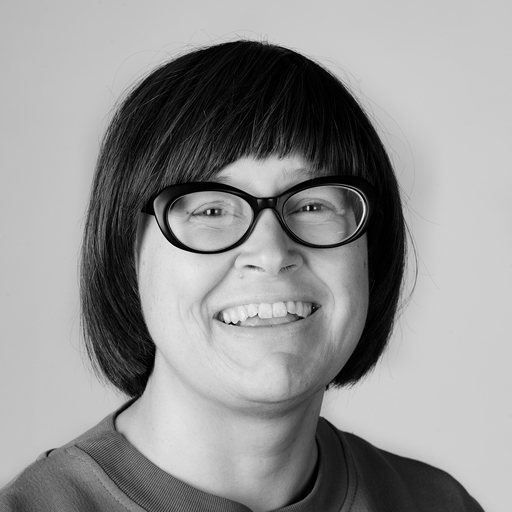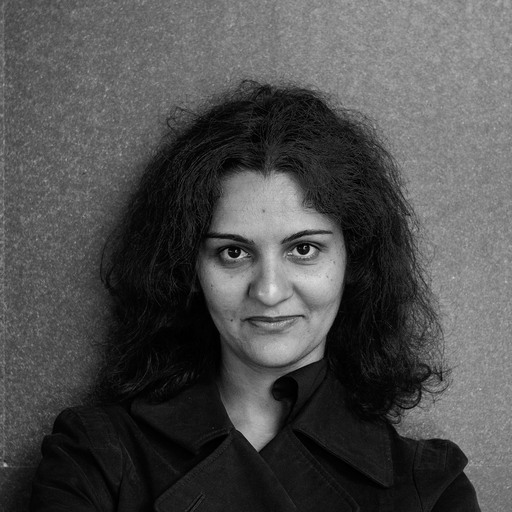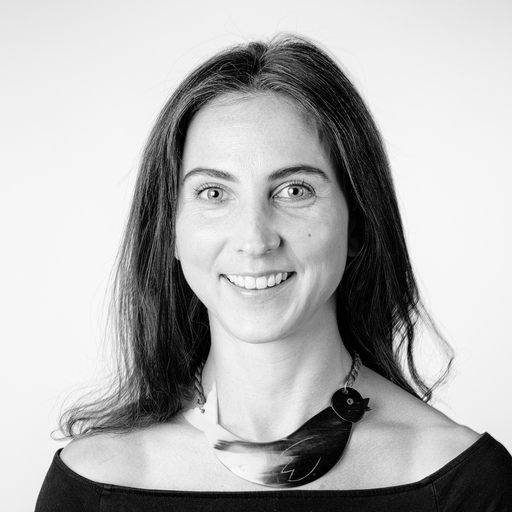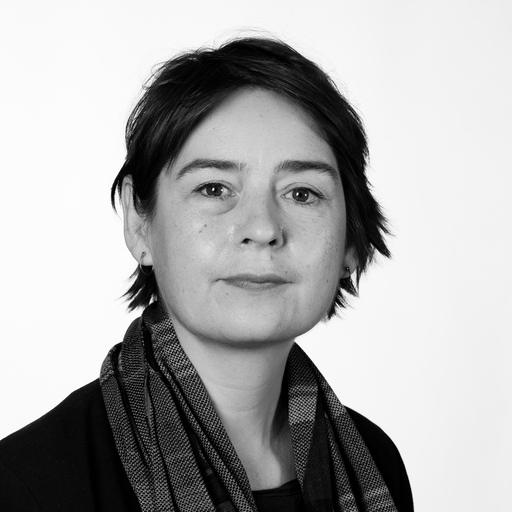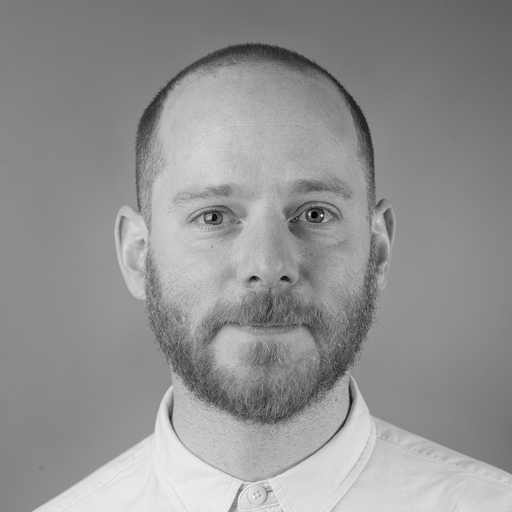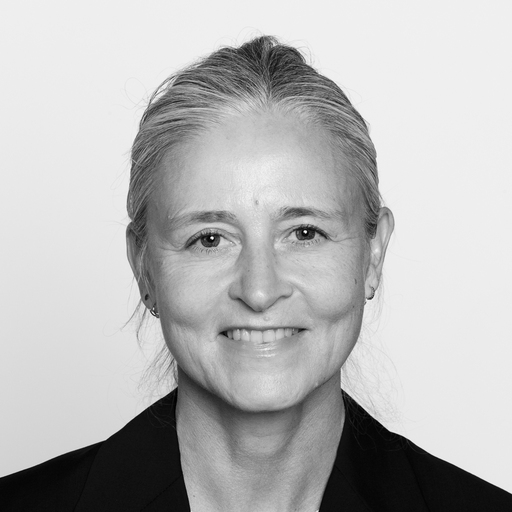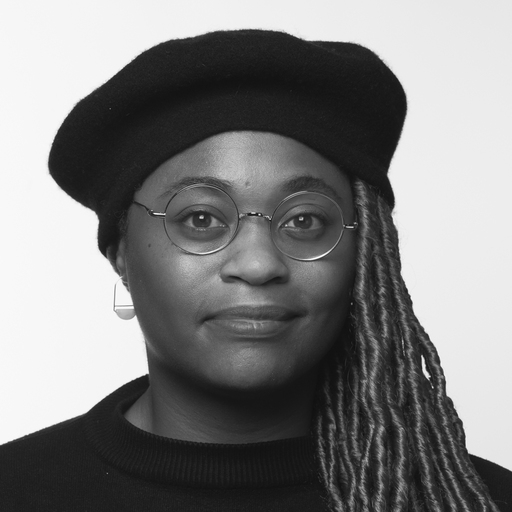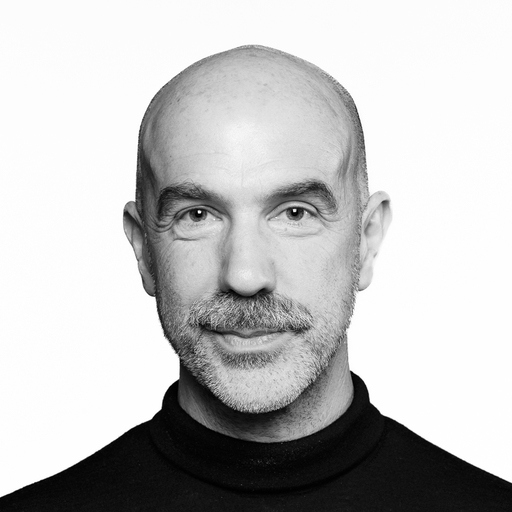

Academy of Fine Art
Artistic practice – in the broadest sense – is at the heart of studies at the Academy of Fine Art. The academy’s roots are in a studio-based tradition of art making, as the basis for experimenting with new ways of making, discussing and exhibiting art. Working across a variety of media, materials and approaches, our students explore what it means to be an artist in the twenty-first century.
Every student at the academy gets a studio: an open space for making. Self-motivated experimentation is at the heart of the studies, and your pathway through the academy will be shaped by your individual interests, and anchored in forms of collective learning and shared knowledge. You will be supported in your making by regular feedback on your work in regular one-to-one tutorials with professors and guest teachers and group critiques (in which you discuss work-in-progress with fellow students). The academy has a particular emphasis on ‘exhibition practice’ - how artworks meet and engage a public – and there is a chance to gain practical experience with exhibiting your work every year, whether in one of KHiO’s gallery spaces or elsewhere.
Each semester you will choose from an extensive range of courses, covering both practical skills and theoretical topics, offering ways to consider your practice in broader contexts and to direct your studies towards topics and techniques most relevant for your own work. Recent courses have covered such diverse topics as the artist as curator, gestures in painting, scores and scripts in performance, organising an artist-run institution, exhibiting sound art in public space, video in the age of social media, or making a photobook.
The Academy has a faculty of internationally-acclaimed artists working in a variety of media. In recent years, Academy faculty have exhibited at high-profile venues and exhibitions including Astrup Fearnley Museum, Centre Pompidou (Paris), CPH:DOXFilm Festival (Copenhagen), KODE, the Lyon Biennial, M KHA (Antwerp), Munch Museum, Museo Reina Sofia (Madrid), Tensta Konsthall (Stockholm), the Venice Biennial and many more
The Academy regularly collaborates with a variety of Norwegian and international institutions for both teaching and exhibiting. One of our most important partner institutions is Kunstnernes Hus (The Artists’ House) in Oslo. Other recent collaborations have included the Henie Onstad Art Centre, Oslo Cinematheque, Oslo Art Association, the Norwegian Film School (Lillehammer) and the Momentum Biennial. As part of KHiO, the Academy also offers the possibility to collaborate with students and professors from other departments: Dance, Theater, Opera, Design and Art and Craft.
The Academy emphasises the importance of student activities that connect to the local and global art scene, and provides guidance and financial support for student-initiated initiatives that navigate public space. The Academy also puts an emphasis on active student involvement in the programme’s organisation and supports self-organized initiatives, through the platform for public talks Open Forum. Current Academy students and recent alumni are also active in the local artist run scene, establishing venues in Oslo and beyond including K4, Plum Trim, Haus der Kunst, Løvens Hule, Podium, Centralbanken, Van Etten and more.
Much of the academy’s activity includes a moment of engaging the public, whether in the form of a lecture, a performance or an exhibition – you can see a sample of recent and upcoming events on our public programme page calendar: artacademycalendar.khio.no
Study programmes
Artistic research
The discipline of fine art
At the Academy of Fine Art, we work across media, disciplines and approaches, exploring questions of form and material as well as post-conceptual, social and political issues. We like to think of the Academy of Fine Art as a unique collective: artists from a variety of backgrounds, countries, fields, genders and generations who have come together to create what they consider an ideal space for the development of their artistic practices.
n dialogue with international art communities, we approach artistic research in an open-ended manner that is anchored within the specificity of individual artistic practices.
See projects from all departments.
